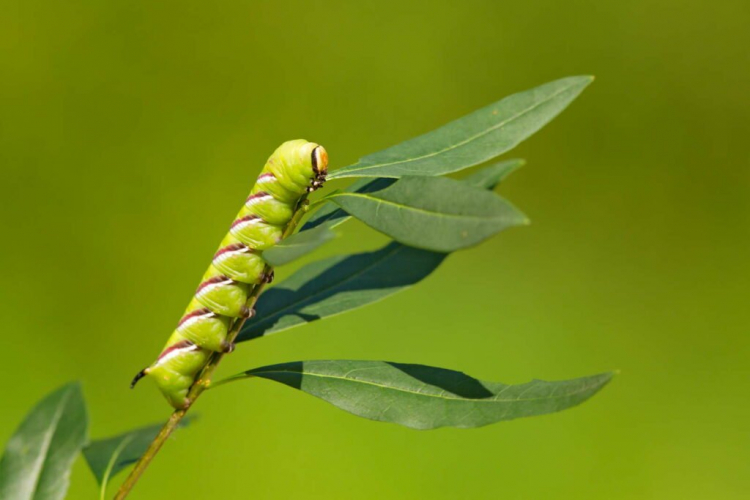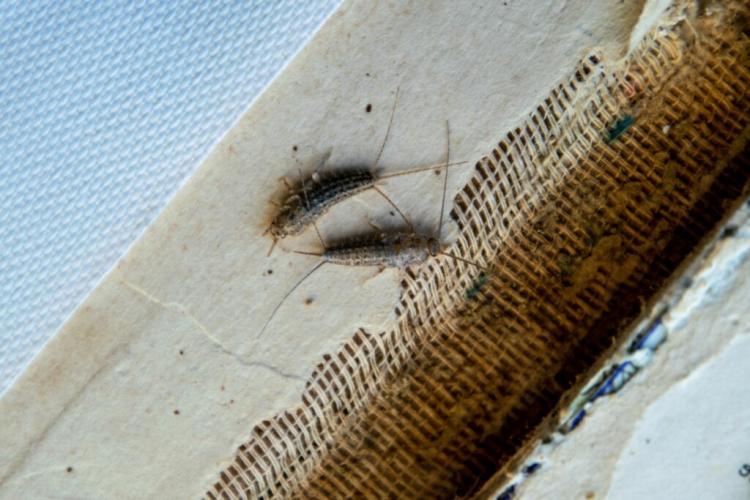Privet Hawk Moth: Recognize And Control The Pest
Every owner of a privet hedge fears this pest. Here’s how to spot the privet hawk and whether to fight it. There she sits now, the fat caterpillar of the privet hawk ( Sphinx ligustri ), in the middle of the beautiful privet hedge ( Ligustrum ). What if it soon looks like an eroded box tree ( Buxus ) after an attack by the box tree moth (Cydalima perspectalis )? This fear quickly arises for many owners of a magnificent hedge. In the following, you will find out why you don’t have to panic right away.
No matter how beautiful a butterfly may look in the end, it needs food to grow. And it just consists of plants. Unfortunately, the animals can’t please anyone. If you have specialized in weeds, you will only find a corner to grow on in a few gardens. But if it is the ornamental plants, then it becomes life-threatening when the beloved garden plant suddenly becomes full of holes. The privet butterfly belongs to the second variety. Nevertheless, you do not have to fear a holey hedge.
Privet hawk: characteristics
The privet hawkmoth is arguably the largest native butterfly. The thick body of the large moth grows up to six inches long. It is easy to recognize by its pink-black markings on the body. The wings are brown-black. It hatches in June and then lays its eggs on various deciduous trees and also on privet. The caterpillars are very characteristic. They are dressed in bright green. But the most striking is the seven white and purple stripes on the side. At the rear end is the anal horn. This black object looks like a sting, but it is not dangerous. When fully grown, the caterpillars reach a size of ten centimeters. They linger on the plant until around September. Then they drop to the ground and pupate before the young moths hatch in the next year.

Recognize privet hawkers
The caterpillars of the privet hawk are strikingly colored, but they are easy to miss in the dense bushes. The easiest way is to look under the hedge. The caterpillars, which often only eat at night, leave behind quite a bit of feces. Under the hedge, about the size of a pea, dark crumbs can be found that have strange notches. This is the excrement of the privet hawkmoth caterpillar.
Fight privet hawks
If you have discovered the privet hawker on your privet, then there is no need to panic. The caterpillars do not cause any damage worth mentioning, as they only occur in low density. On the contrary – the appearance of the caterpillars is a reason to be pleased because the frequency of the large butterfly has steadily decreased in recent years. Simply use the discovery to observe the development of the animals. See the moths as a piece of nature in your garden and watch them on their way to becoming fully grown butterflies.






